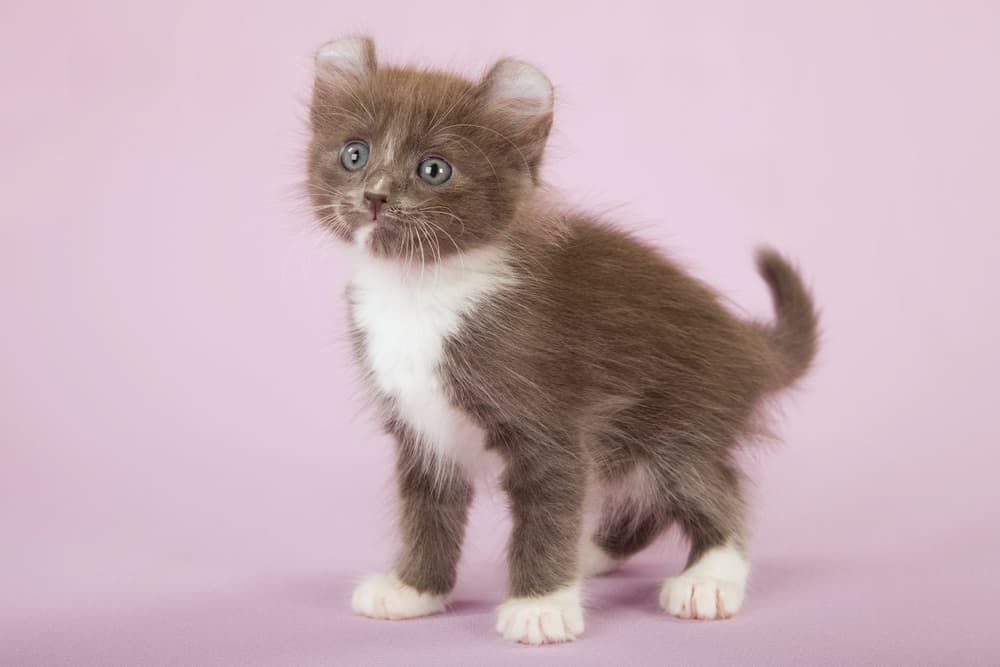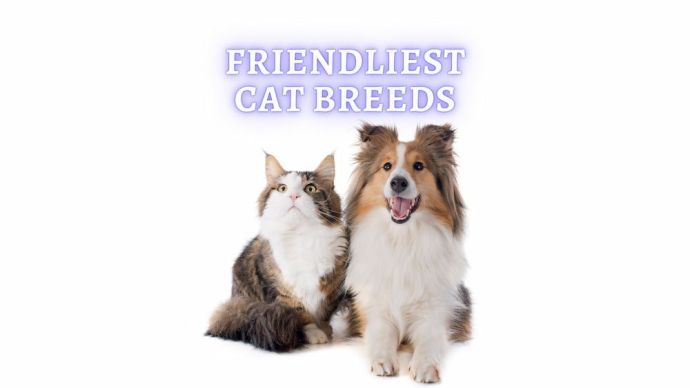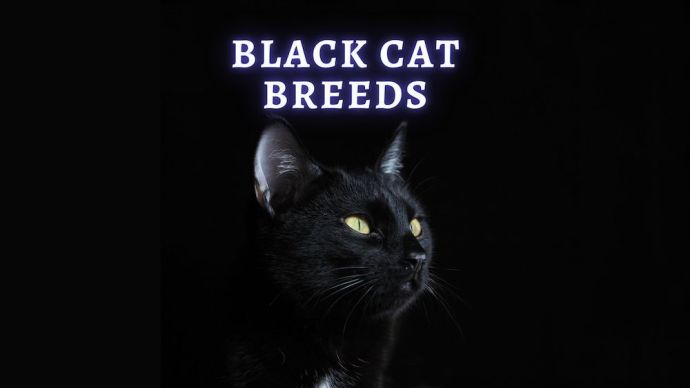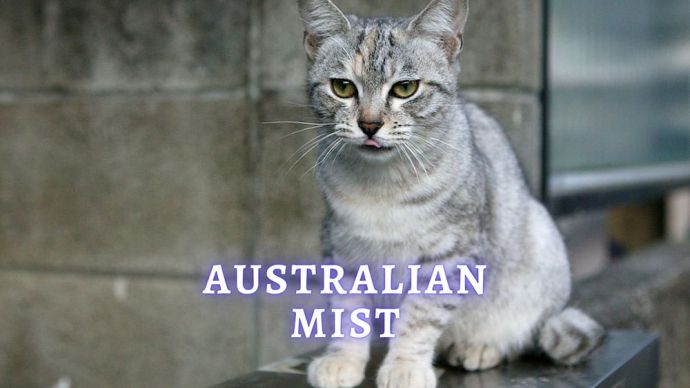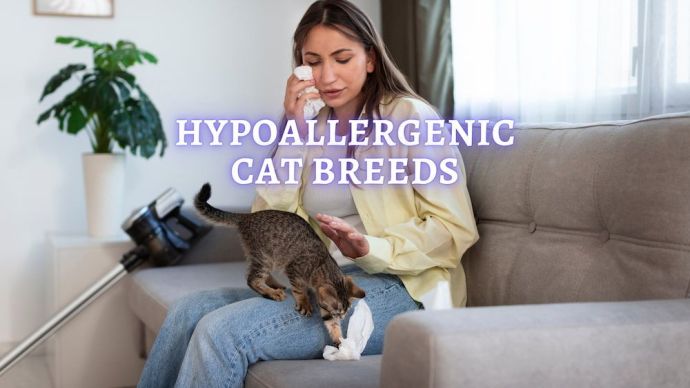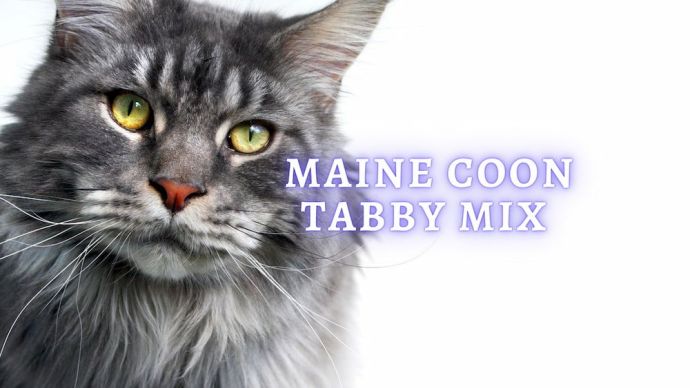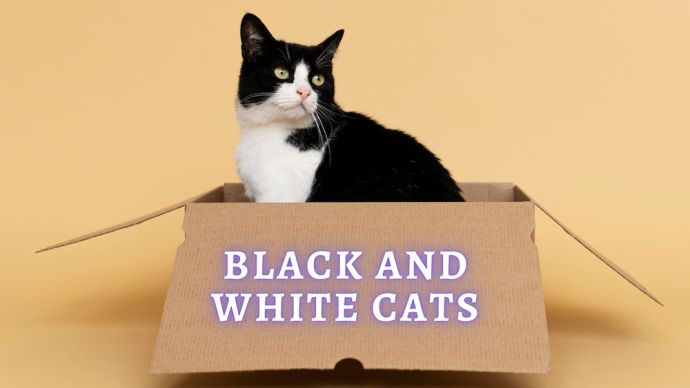Kinkalow: Everything You Need to Know About Kinkalow Cats
Written by:
Author: Carol Young
Carol has worked in specialty, emergency, mixed animal and general veterinary practices, and enjoys all aspects of veterinary medicine. Her special areas of interest include anesthesia, critical care, emergency, dentistry, internal medicine and small animal nutrition.
View all 62 articlesLearn about our editorial process and veterinary review board.
Viewed: 1542
Updated on: 04/28/2022
The Kinkalow is a rare cat breed that first emerged in the US during the ‘90s, making it one of the newer feline breeds. This is an exotic and rare breed of feline and is known for its playful personality, bursts of energy, and loving nature. The Kinkalow can be a great pet for families, families with other pets, and singles and seniors. They enjoy playtime and interaction with other pets and humans, making them ideal pets and companions.
If you are considering adopting or purchasing a Kinkalow cat, there are several things that you should know beforehand, but be rest assured that these feline friends make adorable and loving companions.
Characteristics
The Kinkalow combines two cat breeds: The Munchkin and the American Curl. Munchkin cats are considered dwarf felines, and Kinkalows get their small stature, short legs, and long body from this parent breed. The American Curl is known for its unique curled ears that at first glance look hamster-like. The Kinkalow has inherited the curled ears that bend to varying degrees. Kittens usually start with straight ears like other feline varieties, but the ears will eventually curl as the kittens grow. However, some Kinkalows never develop curled ears even though they carry the genetic programming for them.
In addition to being energetic and playful, the Kinkalow is also well-known for its endearing curiosity and intelligence. The breed is also very social and eager to please and loves to be in the center of any activity. And if you are looking for a feline friend who enjoys snuggling, playing, and spending time with you, the Kinkalow is the breed for you.
| Weight | 3-7 pounds |
| Height | 9-11 inches |
| Colors and Patterns | any color and pattern. Most common are white, chocolate, calico, tortie, tabby, gray, orange, cream, black. |
| Lifespan | 12-15, and up to 20 years with proper care |
| Suitable for | all cat lovers, including families with children and other pets |
READ MORE: 15 Smallest Cat Breeds
Breed History
The Kinkalow first emerged in the cat world in the middle 1990s when US breeder Terri Haris combined the Munchkin and the American Curl to see what kind of litters they would produce. What happened was a pleasant surprise: The kittens inherited the Muchkin’s short legs and the American Curl’s adorable curled ears.
The Kinkalow is widely seen as an exotic and rare breed and received Experimental Breed status from The International Cat Association (TICA). The Kinkalow has been recognized by The Dwarf Cat Association (TDCA) as well. Although the Kinkalow is a fairly new cat breed and not yet recognized by any cat fancy associations in the US or abroad, its short stature, affectionate nature and curled ears have endeared this feline to scores of cat lovers since the breed’s inception.
Interesting Facts
- Kinkalows are known for their playfulness and boundless energy.
- The name “Kinkalow” came from one of the first kittens bred by Terri Harris, and that kittens’ name was “Munchkinlanes Kinkalow Louie.” As a result, the name “Kinkalow” was born.
- They are quite short and weigh less than most other cat breeds. This breed ranges in size from 3-7 pounds.
- When a Kinkalow kitten is born, they are born with straight ears that curl into a crescent shape when they mature.
- Not all Kinkalows develop the curled ears of the American Curl, even though they carry the gene for curled ears.
- Since Kikalows are very rare, finding a breeder specializing in this particular feline may be a challenge. However, you can always contact The International Cat Association (TICA) or The Dwarf Cat Association (TDCA) for breeder contacts.
- Kinkalow cats have an “Experimental Breed” status.
- This breed is only moderately vocal, meaning that they don’t use a ton of noises to get their point across. Sure, leave the food bowl empty, and you might get an earful—but they are otherwise pretty chill.
- They tend to be less vocal than other breeds, which may work fine if you have close neighbors or roommates who enjoy a quiet living space.
Temperament and Personality
Kinkalows are known for their playfulness and curiosity, and as a result, they love to play and explore. They enjoy interactive cat toys and enrichment activities. Even though a Kinkalow has short legs like the Muchkin, these cats are very athletic and have no problem jumping up onto counters and high places. Also, this breed is an excellent choice for younger kids because they are very tolerant, non-aggressive, and not overly needy.
The Kinkalow is sociable and loves to spend time with its humans. This breed is also brilliant and wants to be in on everything that happens, and as a result, the Kinkalow can be a willing student for special training. Because of its outgoing and curious nature, the Kinkalow will happily accompany you anywhere in your home or apartment, whether it be the bathroom, kitchen, or the home office.
Care
Grooming
Grooming your Kinkalow cat should be fairly easy as these cats are incredibly clean and tidy, and do most of the grooming for you. Although this breed typically has a short to the medium-length hair coat, daily brushing can be done to remove excess dander and shedding. In addition, regular brushing can be a great way to bond with your feline pal and Kinkalows enjoy all the attention they can get.
If you need to bathe your Kinkalow, make sure that you use appropriate shampoos and conditioners that are safe and recommended for cats.
RELATED: Best Cat Shampoo (Vet Approved Review)
Diet
Due to their small size, it’s important for owners not to overfeed as Kinkalows can become overweight. Extra ounces can put pressure on the spine and joints, and also sets them up for metabolic issues such as diabetes. It’s recommended to feed a complete diet rich in essential vitamins and nutrients and keep extra snacks to a minimum. If you have any questions about feeding your Kinkalow, consult your veterinarian. There is a broad selection of commercial diets available that include wet food, dry kibble, semi-moist, and freeze-dried meals.
RELATED: Best Wet Cat Food (Vet Approved Review)
Exercise
Kinkalows are a quite energetic breed and need lots of interactive toys and an environment where they can be entertained. Cat trees, interactive toys, and wall climbers would be a good investment for your kitty and can provide hours of both physical and mental stimulation. Kinkalows also love to play and interact with their humans and are always up for a good round of hide-and-seek or chasing a stuffed mouse.
Health Care
The Kinkalow is overall a healthy breed, but some cats can be prone to potential health risks also experienced by the American Curl and the Munchkin. It“s critical to make regular appointments and checkups with your veterinarian to ensure that your feline friend is healthy and happy, and up to date on all necessary vaccinations. If you start with an adorable kitten, you will also have the option to have your cat spayed/neutered and microchipped.
Size
Like its parent breed the Munchkin, Kinkalows range in size from three to seven pounds, with an average height of seven to eight inches tall. Males tend to be slightly larger and stockier than females, but overall, the two genders have the same bodily structure.
Lifespan
Like most cats, the average life span of the Kinkalow is between 10 and15 years, but with regular health care and proper diet, this breed can live up to 18-20 years.
Adoption and Rescue
Since the Kinkalow is a rare cat breed, it may be a challenge to find one from a rescue or a shelter. However, it is not impossible, and it may be worth it to do some research on organizations that specialize in rescuing and placing this breed.
If you decide to purchase a Kinkalow from a licensed breeder, you can pay between $2,500 to $3,000. However, the price varies depending on the breeder and other factors.
READ MORE: French Names for Cats
Conclusions
The Kinkalow cat breed is a small, adorable bundle of energy, and would be a great addition to any family or home. They have an ideal friendly and affectionate temperament, and love being involved in all sorts of activities. However, due to the rarity of this breed, it may be a challenge in finding a kitten and may take a bit of searching and research.
FAQ
How much does a Kinkalow kitten cost?
A Kinkalow can cost between $2,500 to $3,000 if purchased from a licensed breeder. However, the price can vary, and it “s always best to do some research on breeders before making your purchase.
Are Kinkalow healthy cats?
The Kinkalow typically has few health issues; however, because of its smaller legs and longer back, can be prone to spinal issues and injuries. It“s important for owners to keep an eye out for any signs of back pain or tenderness. Finally, as with any other breed of cat, it“s always important to make regular check-ups with your veterinarian to ensure that your kitty is healthy and happy.
Is the Kinkalow breed rare?
The small but mighty Kinkalow is considered a rare breed of cat, and it may be a challenge in finding a reputable breeder. Although internet searches can help you find a breeder, it may be worth it to contact The International Cat Association (TICA) or The Dwarf Cat Association (TDCA) for recommendations.
 Cat Care Why Does My Cat Attack My Legs? 10 Reasons Why and What To Do About It (Vet-Approved Advice)
Cat Care Why Does My Cat Attack My Legs? 10 Reasons Why and What To Do About It (Vet-Approved Advice) - 46013
- 21
 Cat Veterinary Tips Cat Stomach Gurgling: Vet Advice on Why is Your Cat Stomach Gurgling?
Cat Veterinary Tips Cat Stomach Gurgling: Vet Advice on Why is Your Cat Stomach Gurgling? - 36469
- 4
 Cat Veterinary Tips My Cat Lost its Voice: Can Cats get Laryngitis? (Vet Advice)
Cat Veterinary Tips My Cat Lost its Voice: Can Cats get Laryngitis? (Vet Advice) - 23554
- 13











